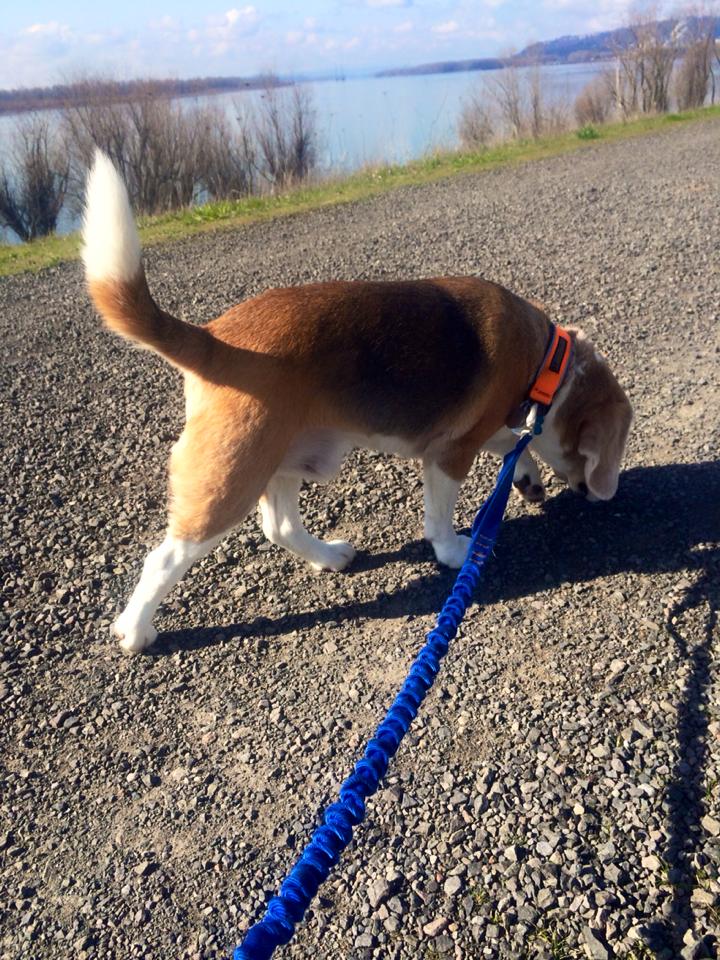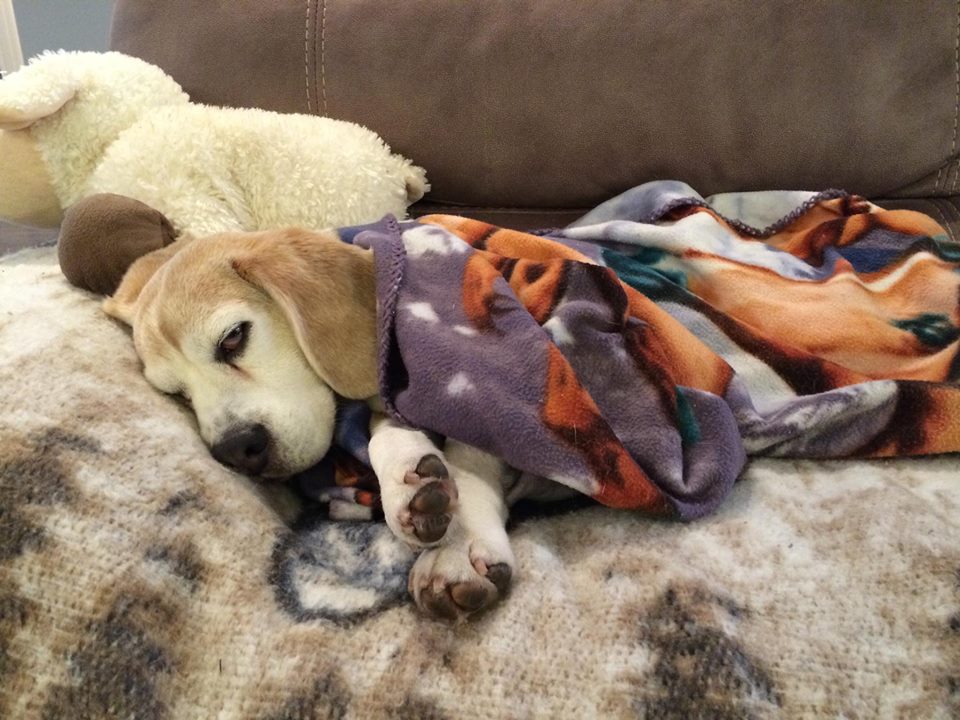The adjustments given to pets typically involve gentle thrusts to the spine and/or extremity joints applied in a specific way. Adjustments to an animal is very different compared to an adjustment to a person. The anatomy and angles of the joints are quite different, and if a professional is not properly trained, your pet could be at greater risk of injury. See this link for a certified animal chiropractor in your area: http://www.avcadoctors.com/
Some pets will feel the need to rest after their first animal chiropractic adjustment, this is completely normal as the body is already beginning to repair itself. It is perfectly normal to see an initial improvement in the animal’s condition, followed by a relapse. In general, they will have greater mobility, less pain, be more alert and playful and have an improved gait.
In some cases, the pet is sore the next day, especially if they have never been adjusted before. Depending on the severity of the injury or problem, your pet might experience improvements within the first 72 hours. The doctor will give you his/her recommendations for a home protocol specific to your pet’s condition at the time of your visit, which will often consist of no strenuous exercise, ice therapy, massage or stretching/strengthening exercises.
In my practice, I will typically recommend an easy, short walk immediately following their first adjustment to allow the body to adapt to the changes made by the adjustment.
Just as in chiropractic care for humans, it may be necessary to schedule some additional sessions in order for your dog or cat to reap the maximum benefits from the adjustments. It’s important to remember that each adjustment builds on the next, and if you wait too long to come back for the follow-up appointment, the results will not be as effective.
Results from the adjustments usually manifest within one to three days. Below are some factors which may affect the number of visits and/or efficacy of the treatment:
- Concurrent health conditions (obesity, diabetes, etc.)
- Poor diet
- Age of the animal
- Chronicity of the problem
- Severity of the reduced range of motion or problem being treated
- Home care compliance
- Activity level/muscle mass
![]()
AVCA Certified Animal Chiropractor






Recent Comments